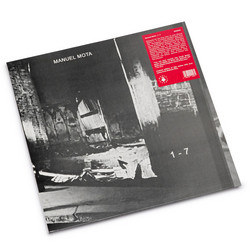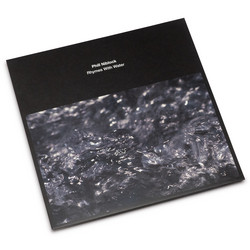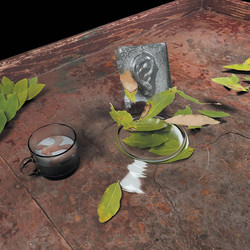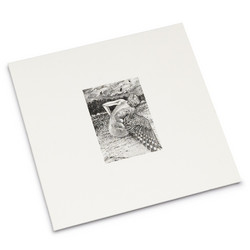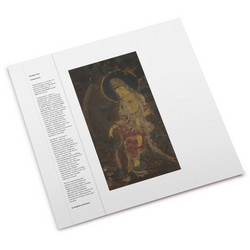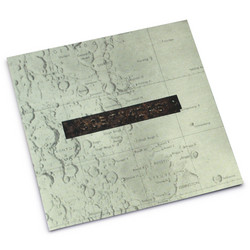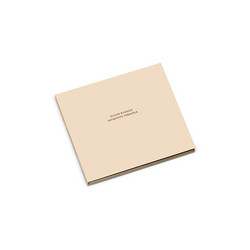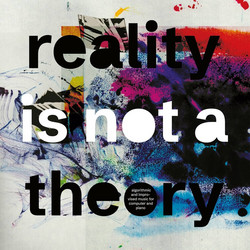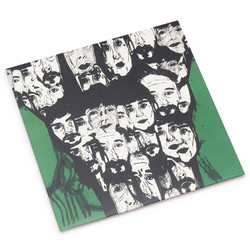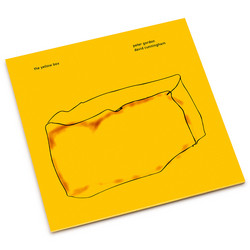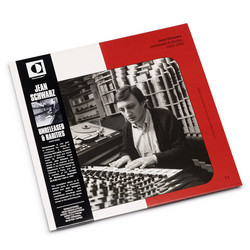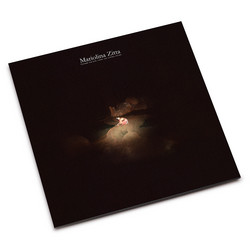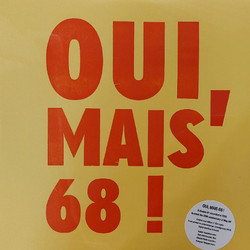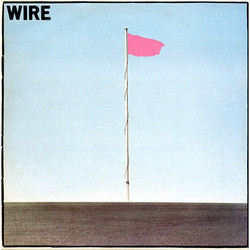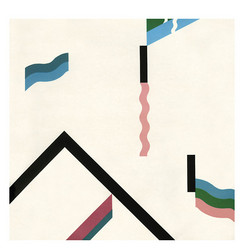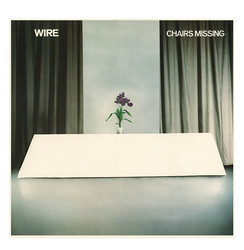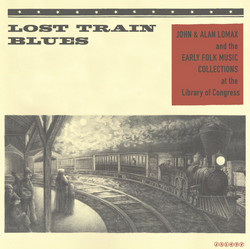These are the definitive re-releases. Each album is presented as an 80-page hardback book -- the size of a 7-inch, but obviously much thicker. After a special introduction by Jon Savage, Graham Duff provides insight into each track. These texts include recording details, brand-new interviews with band members, and lyrics. The original album is presented on its own CD, accompanied by discs that feature relevant extra tracks: singles; B-sides; demos; and many previously unreleased songs. All audio has been painstakingly remastered (or, in some cases, mastered for the first time). This stunning set of presentations also includes a range of images from the archive of Annette Green. Wire's official photographer during this period, Green also shot the covers for Pink Flag and Chairs Missing. Promotional and informal imagery -- in colour and black and white -- is featured throughout the books. Most of the photographs have not been seen for 40 years -- and many have never been published anywhere before. Please note: although the three original albums remain available through digital stores and streaming services, the extra tracks from the special editions will not be released digitally. Usually contextualized against a backdrop of two years of the growing cultural importance of punk rock -- Wire's debut Pink Flag, released in December 1977 on EMI's progressive label Harvest was in fact was something 'other.' To the keen cultural commentator, the timing and label of its release will register two essential facts about it. Firstly, too late (a year after the Pistol's debut release) to be part of UK punk's first flush and secondly that the band were signaling something beyond punk by their choice of label. Further investigation would re- veal twenty-one tracks, some of them clocking in at well under a minute and covering a range of tempi well beyond the buzzsaw rockabilly that had become, even by the second half of 1977, punk's staple.
Details
Cat. number: PF 013SE-CD
Year: 2018


